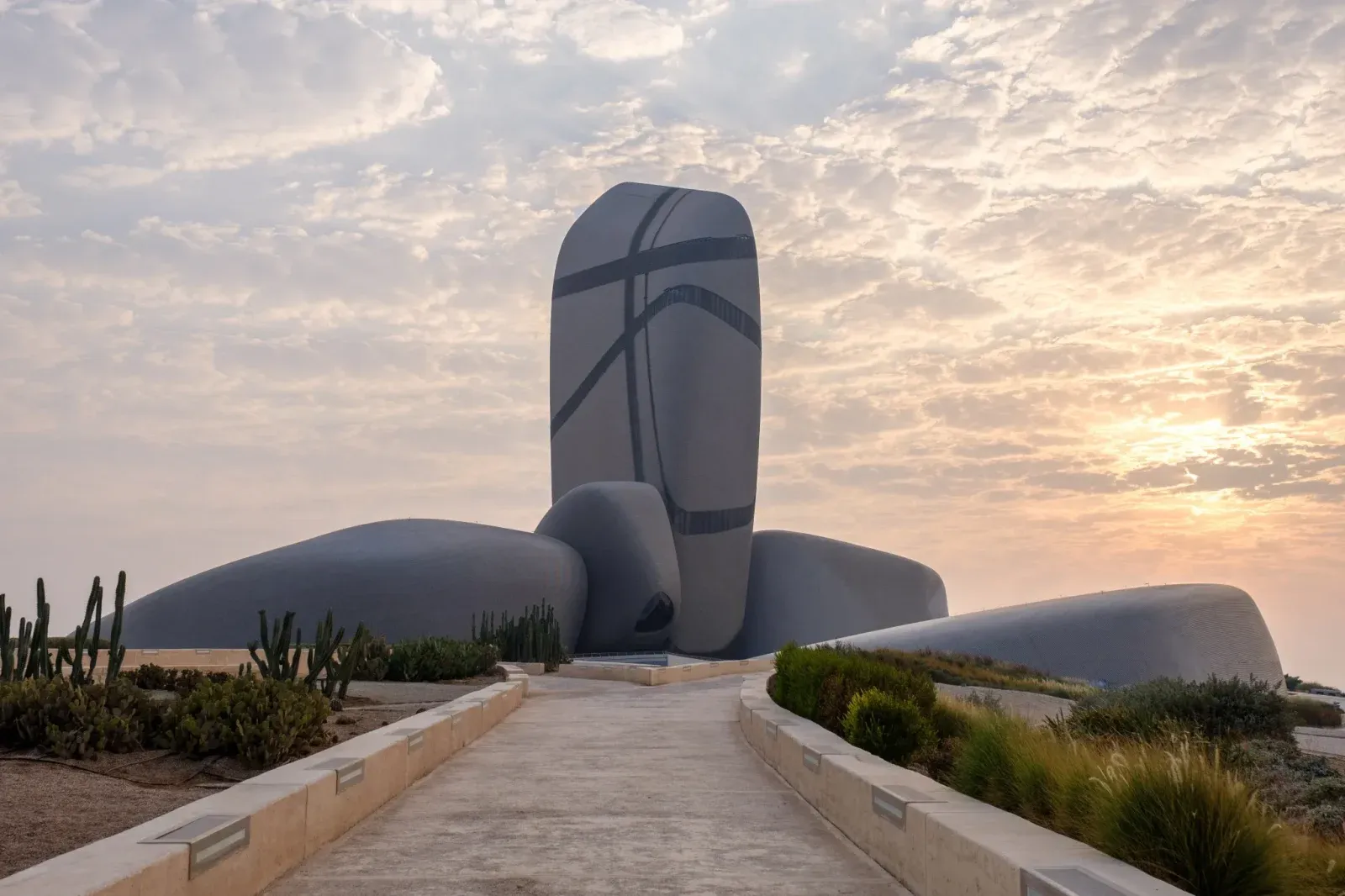Japón – Miami Beach, USA
Nestled within The Setai, Japón foregrounds Japanese elegance: gold‑leaf ceilings, crane‑themed mosaics, woodblock art and a private Kyoto Room. Saladino Design’s immersive space blends heritage craft with contemporary flair.
Design That Goes Beyond Aesthetics
The Prix Versailles jury recognizes these 16 venues for more than beauty. They celebrate intelligent sustainability, cultural resonance, and sensory richness. As Gouadain reminds us:
“Architecture draws us into its warm embrace, enveloping us with its shapes, and then totally effaces itself in favor of the feast.”
































